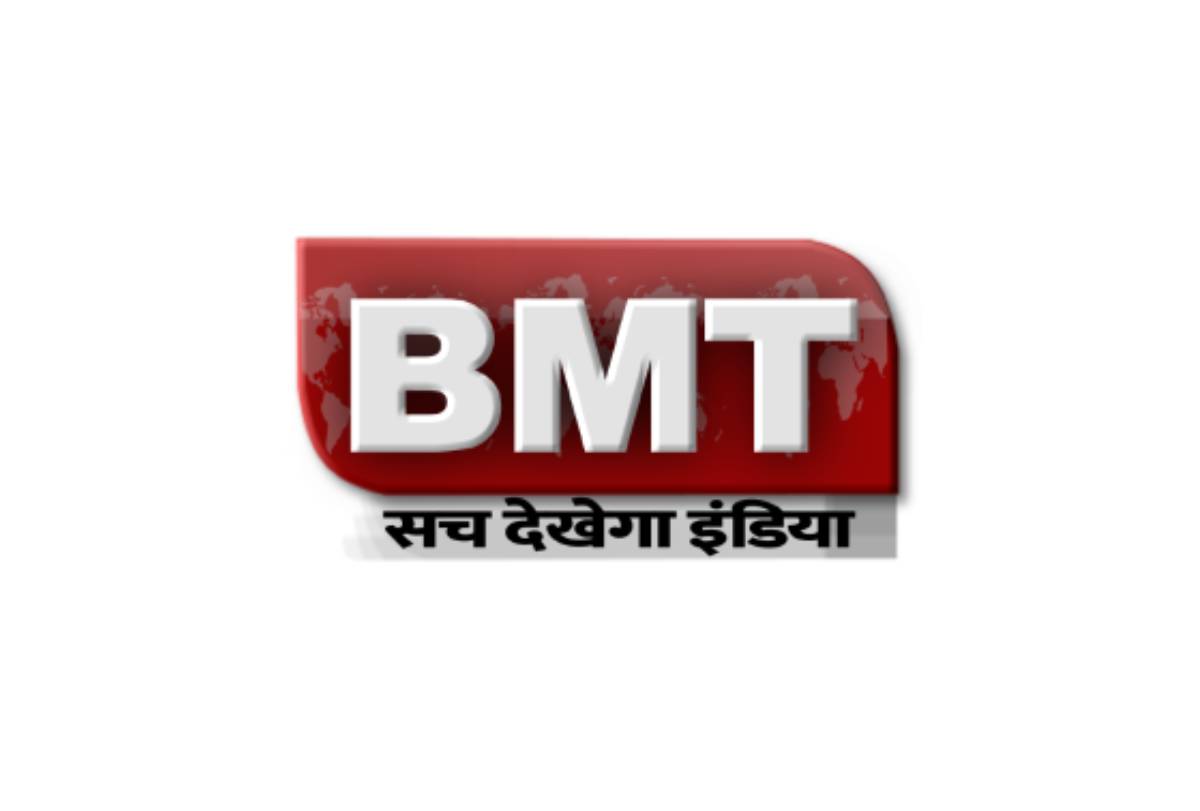On a recent journey to Kurdeg block in Jharkhand, I was travelling with a young boy from Simdega who was returning from college. While on the tempo van, it came to a halt at a location so passengers could fill up on water from a tap. During this break, the boy reached out for a packet of Kurkure because he was hungry. Many other passengers did the same. When asked about food options, he shared that along his route, no restaurants are serving traditional meals like Roti and Sabji. He also mentioned that such options are expensive and time-consuming. He suggested that it’s more convenient to snack on items like Kurkure or chips with a bottle of water, reserving the main meal for home. This practice is quite common among children and youngsters, even in villages.
For the longest time, malnutrition has been a major concern in rural India while the issues around obesity have been sidelined. However, the significant rise in obesity levels among rural children and adults is a growing problem and needs urgent attention. Especially with the rising prevalence of non-communicable diseases in rural India and the related health risks associated with obesity, it requires immediate public attention.
According to the findings of NFHS-5, 33 states have reported an increase in obesity among children aged 0-5 years of age from 2.1% in NFHS 4 to 3.4% in NFHS 5. The concerns are more acute among adults. However, the incidence of obesity among women aged 15-49 has risen to 19.7% as per NFHS 5 compared to 15% in NFHS 4 and among rural men compared to 14.3 % NFHS 4. Key factors that have contributed to this rise are food consumption patterns, diet, and low physical activity.
A recent survey conducted by the Development Intelligence Unit (DIU) among rural adolescents found that the primary “fast food” choice for adolescents has been snacks like chips, or Kurkure, with approximately 87% of them consuming it about three times during a week. Following closely behind are biscuits, which about three out of four adolescents have eaten around 3.5 times. On the other hand, sliced bread hasn’t gained significant popularity in rural diets yet. However, approximately 40% of adolescents have consumed instant noodles and sugar-based items such as traditional sweets, chocolates, and ice cream while 30% of adolescents have consumed soft drinks 2-3 times a week. The survey also found that for all these ‘fast foods’, home is the source where the items have been given by the family members and in many cases, it has been brought from the local hawkers.
There is an evident shift in the food habits of rural India, and instead of solely emphasizing food security, our concern should now be only nutrition security. This calls for a means to focus on people consuming a richer and more varied diet with locally available food items. It’s also time to explore the new cooking methods for traditional nutrition-rich foods.






